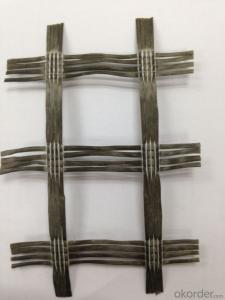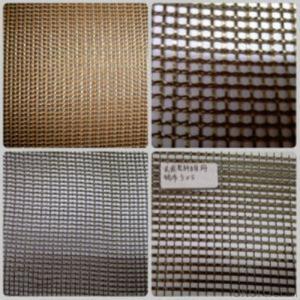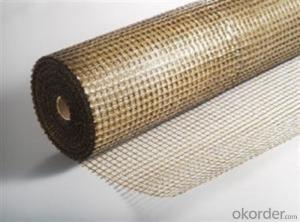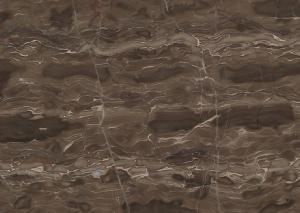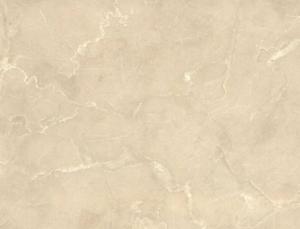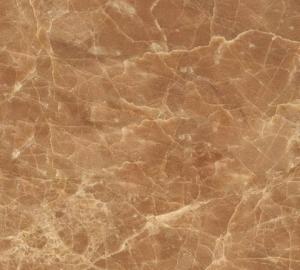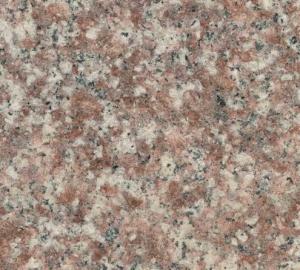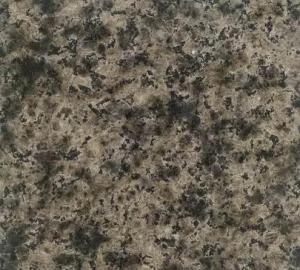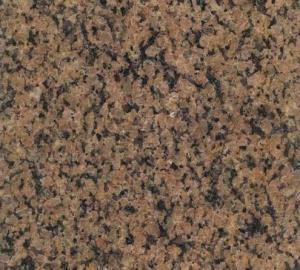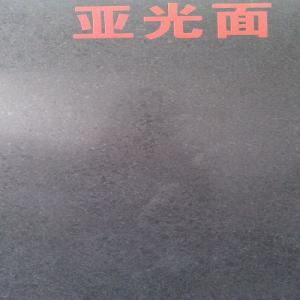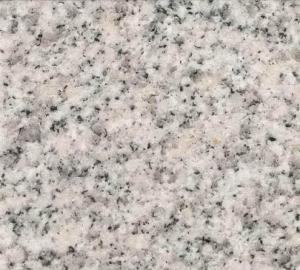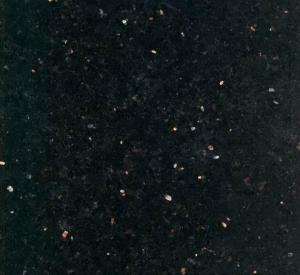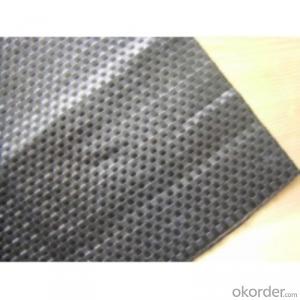Grid Made from Basalt Fiber for Reinforcement Usage
- Loading Port:
- Shanghai
- Payment Terms:
- TT OR LC
- Min Order Qty:
- 3000 m³
- Supply Capability:
- 1000000 m³/month
OKorder Service Pledge
OKorder Financial Service
You Might Also Like
Basalt Fiber Grid Introduction
Continuous basalt fiber grid is made by impregnating woven basalt fiber scrim with asphalt and then drying to be made.
In the normal temperature, the ratio of the elastic modulus between the basalt fiber concrete and the asphalt concrete is 24: 1.
Advantages of Basalt Fiber Grid
Basalt fibre concrete has the excellent resistance to deformation, the elongation at break is about 3.1%. Basalt Fiber owns the high-temperature resistance, frost resisting resistance (-260~650 ℃), the same thermal expansion coefficient with the asphalt concrete, the high tensile strength, ultraviolet resistance, the stable chemical resistance, ageing resistance. The stirring temperature of the asphalt concrete is up to 190℃. The high-temperature Basalt fiber is the best alternative of the polyester fiber. It can satisfy the asphalt stirring temperature (190 ℃), and it is the excellent construction material for reinforced cement & concrete, and it has the outstanding penetration resistance.
Basalt grid/geogrid/geotextile is more durable than metallic and glass-fiber reinforcement due to basalt fiber’s excellent performance.
Specifications of Basalt Fiber Grid
Item No. | Weight (g/m2) | Size (mm) | Thickness (mm) | Width (mm) | Roll Length (m) |
CMAX-250 | 250 | 5X5 | 0.6-0.7 | 300-2000 | 50m~100m |
CMAX-120 | 165 | 10X10 | 0.7-0.8 | 300-2000 | 50m~100m |
CMAX-300 | 350 | 25X25 | 0.8-0.9 | 300-2000 | 50m~100m |
Application of Basalt Fiber Grid
-laying of cement concrete pavement
-the reinforcement of the piers, dams,road and buildings
-building surface drywall joints
-cement mortar or concrete pouring
FAQ:
1. Which payment do you accept?
For you convinience, our payment can be L/C,TT
2. Is free sample available?
We can supply free samples. You'll just need to pay for express cost.
3. How about your quality?
We have strict quality control system, we make testing on incoming raw material and finished products. Your third party testing is also welcomed. With high quality, our products are used on government projects at home and abroad. Our product quality is accepted by clients from all over the world.
4. When will you reply my request?
You are our expected customer, we’ll reply your request within 24hours. Please feel free to contact us at any time.
Photo of Basalt Fiber Mesh:

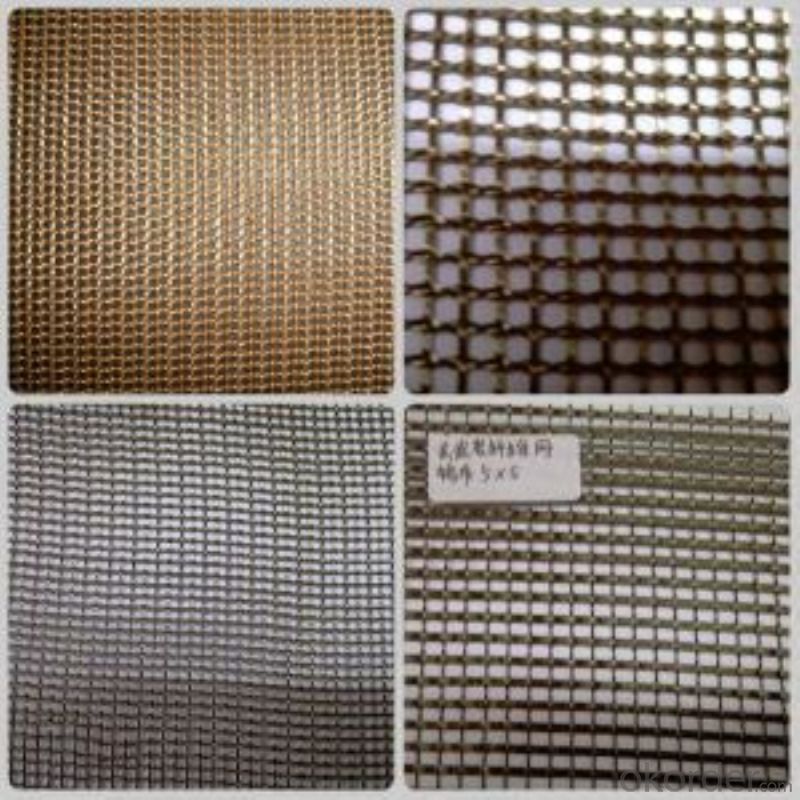
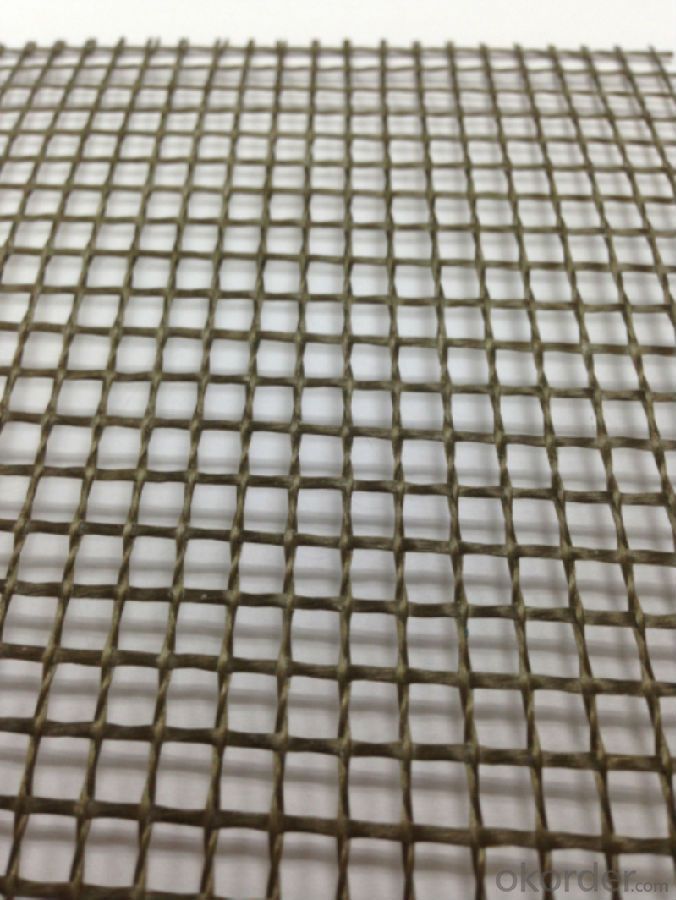

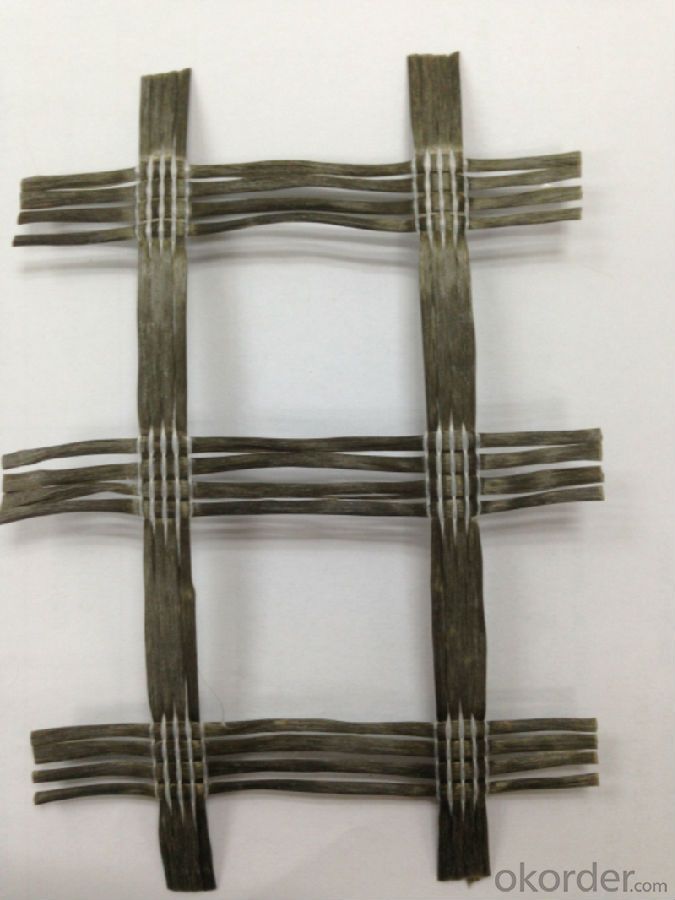
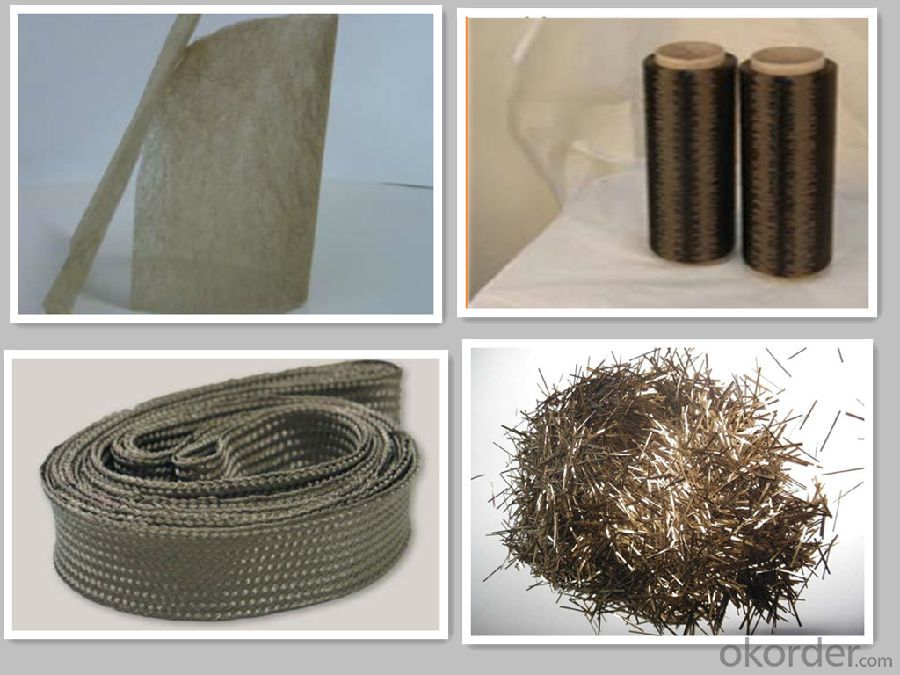
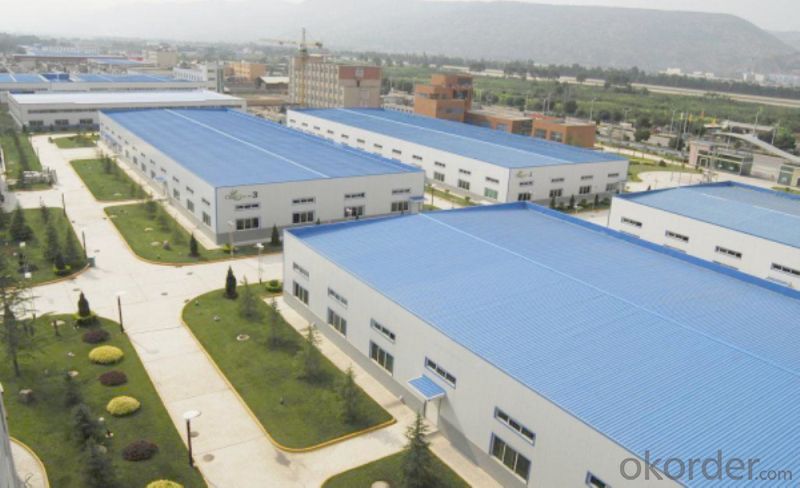


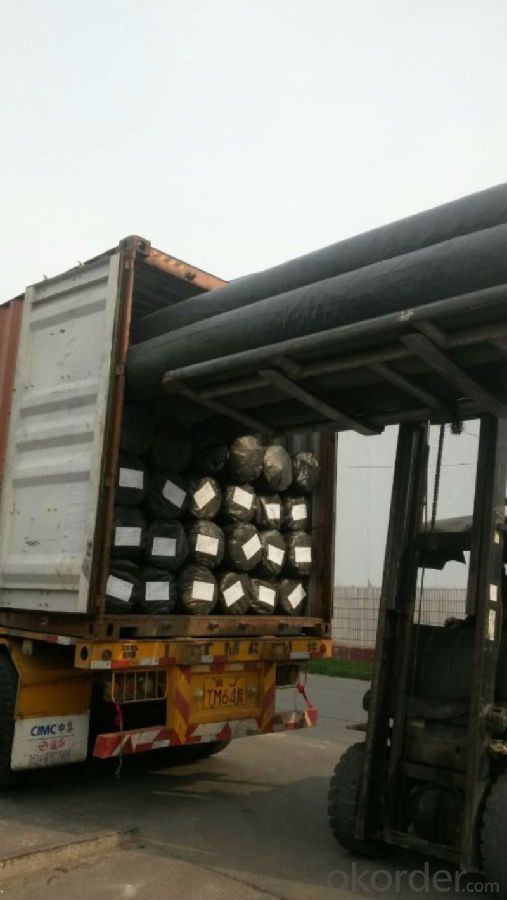
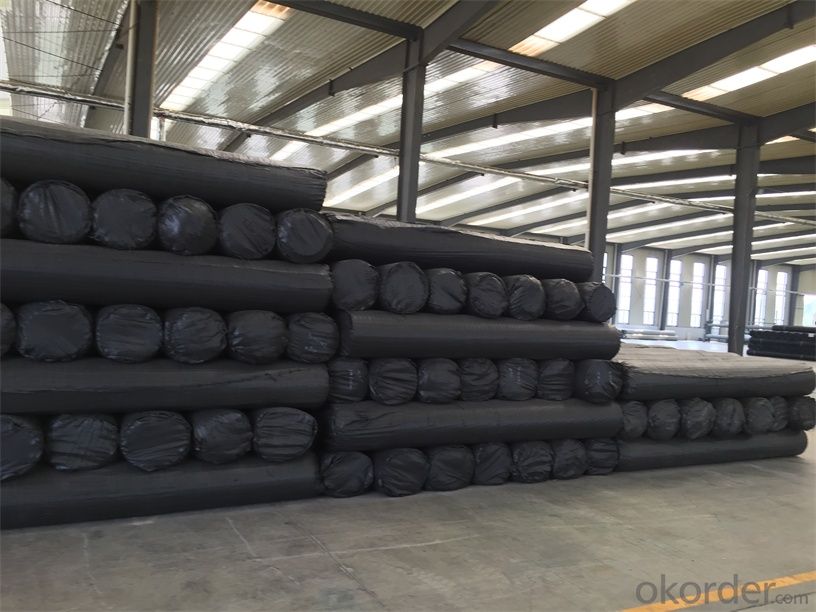
- Q:Who can tell me how much temperature of carbon fiber, glass fiber, basalt fiber and its composite material?
- The temperature resistance of the composite material mainly depends on the selected resin, the fiber plays a role in strength
- Q:Basalt and limestone Which rocks are not suitable for building materials? Why?
- Basalt is a good raw material for the production of "cast stone." "Cast stone" is a material that is developed by melt casting, crystallization, and annealing. It is harder and wear resistant than alloy steel and is resistant to corrosion than lead and rubber. In a kind of advanced technology of cast steel, it plays the role of "lubricant", can be a long casting life. At the same time, basalt can also be drawn into glass fiber, than the general glass cloth anti-alkali strong, high temperature performance. Multi-stomatal basalt (pumice), because it is more stomatal, and quite hard, so it will be mixed with concrete, can reduce the weight of concrete, but still very strong, while noise, heat insulation and other characteristics, is high-rise building Light concrete is a good aggregate. Pumice is still a good grinding material, can be used to mill metal, grinding stone; in the industry can do filters, dryers, catalysts and so on.
- Q:How to distinguish between basalt and rhyolite in the wild
- Basalts and rhyolites are igneous rocks that are ejected from volcanoes or spilled from the surface fissures.
- Q:Earth basalt volcanic eruption stone has a shell
- A volcanic rock is a magma sprayed surface cooling and solidification of the formation of the rock is also known as the "ejector rock". Mostly condensed faster, minerals did not have time to crystallization, it is mostly submerged, vitreous or microcrystalline, fine grain, plaque structure.
- Q:What is the characteristic of basalt?
- The bulk density of basalt is 2.3.3g / cm3, and its compact structure has a large compressive strength of 300MPa or even higher, but if the crystal impurity and porosity are used, the strength will decrease.
- Q:Why basalts have columnar joints?
- Basalt is a basic spouting rock, without quartz, the general thickness is not large, the production was rock, the majority of rock veins, due to iron and magnesium mineral content, rock dense, hard, fragile, easy weathering, by geological structure After the crushing and development, the formation of a typical columnar joint, that is, broken cleavage, is the crustal movement (tectonic movement) signs. The signs of the different lithologies are not the same. The second floor of the said wrong, cleavage is for a single mineral, and the joint is the product of the structure, the two are conceptual misunderstanding.
- Q:What is tholetic basalt?
- The pull basalt (ie, sub-alkaline basalt) is rich in SiO2 (49-51%) or saturated with SiO2 (the relationship between SiO2 and the whole base is (Na2O + K2O) / (SiO2-39) is less than 0.37) Alkali, mineral composition for the long stone - feldspar, pyroxene composition of poor calcium. There is little or no olivine (seen in porphyry). Produced in the Pacific Ocean volcanic belt on the ocean side, the basic part of the oceanic crust.
- Q:Causes of hexagonal basalts
- The composition of this rock is small and dense, the main components of olivine, pyroxene. On the ground can often see the basalt of the basalt, which is the basaltic cooling volume shrinkage caused by a crack. This crack is often hexagonal, square,
- Q:Basalt and the difference between Andesite
- The contents of CaO, Fe2O3 + FeO and MgO are slightly lower than those of intrusive rocks. The content of CaO, Fe2O3 + FeO and MgO is slightly lower than that of intrusive rocks. The content of CaO, Fe2O3 + FeO and MgO is slightly lower than that of intrusive rocks. Mineral composition is mainly composed of basic feldspar and pyroxene, secondary minerals are olivine, amphibole and biotite, etc., the rocks are dark, usually black, sometimes gray and dark purple and so on. Has a patchy structure. Stomatal structure and almond structure are common. Basaltic bulk density of 2.8 ~ 3.3g / cm3, dense compress strength is very large, up to 300MPa, sometimes higher, the existence of vitreous and stomatal strength is reduced. Basaltic durability is very high, joint and more, and with brittle, and thus difficult to take large stone, due to the common pores and almond structure, although the basaltic surface is widely distributed, but can be made no small stone.
- Q:Online and so on - detailed definition of stomatal basalts and almond basalts
- Basalt is the main component of sodium aluminosilicate or calcium aluminosilicate, the silica content is about 45-52%, also contains high iron oxide and magnesium oxide, is a fine dense black rock. Due to the eruption when a large number of pores, sometimes large holes such as almond-like structure, and later often filled with other minerals. This is the stomatal basalt and almond basalt.
1. Manufacturer Overview |
|
|---|---|
| Location | |
| Year Established | |
| Annual Output Value | |
| Main Markets | |
| Company Certifications | |
2. Manufacturer Certificates |
|
|---|---|
| a) Certification Name | |
| Range | |
| Reference | |
| Validity Period | |
3. Manufacturer Capability |
|
|---|---|
| a)Trade Capacity | |
| Nearest Port | |
| Export Percentage | |
| No.of Employees in Trade Department | |
| Language Spoken: | |
| b)Factory Information | |
| Factory Size: | |
| No. of Production Lines | |
| Contract Manufacturing | |
| Product Price Range | |
Send your message to us
Grid Made from Basalt Fiber for Reinforcement Usage
- Loading Port:
- Shanghai
- Payment Terms:
- TT OR LC
- Min Order Qty:
- 3000 m³
- Supply Capability:
- 1000000 m³/month
OKorder Service Pledge
OKorder Financial Service
Similar products
New products
Hot products
Related keywords
